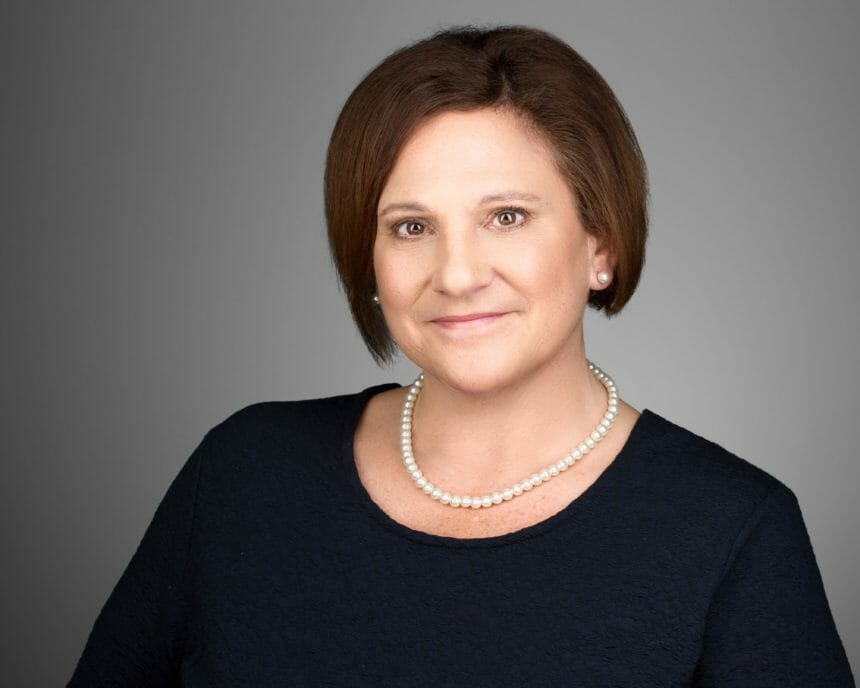
The nursing shortage is top of mind for many of us these days. But it just takes a quick glance at Google search data to see that, while this topic is on the upswing, it’s been in the news for at least the past 20 years. There’s good reason for this concern. The pressure of the pandemic has only worsened the demand for nurses. But I have to ask — is the nursing shortage really the most serious gap in healthcare? I’d say no. The shortage of home health aides is.
Although the nursing shortage has gained traction in the media, there’s an even more extreme staffing crisis unfolding for healthcare workers who hold fewer degrees and earn smaller paychecks. I’m talking about workers like nursing assistants and home health aides, who are in great demand, but are being tempted into entirely different industries that can offer competitive salaries and different opportunities for growth. The exodus of experienced nursing assistants and home health aides from the front lines has led to a widening skills gap, creating major implications for healthcare organizations.
Healthcare’s talent shortage comes home
Home health aides have one of the most serious candidate shortages of any healthcare profession. Mercer’s 2017 analysis estimated that by 2025, the United States will face a shortage of about 446,300 home health aides. That’s more than four times greater than the CNA shortage and fifteen times the size of the nurse practitioner shortage. The situation has become so dire that National Guard troops have been trained to fill in as nursing assistants in several states like Wisconsin and Minnesota.
According to the Bureau of Labor Statistics, the average role is expected to grow by 8% between 2020 and 2030. For HHAs, it’s closer to 33%. For comparison’s sake, RN roles, which tend to get the most publicity around the staffing shortage, are expected to grow by 9% during this period. If we don’t find a way to remedy the home health aide shortage, we’ll be in serious trouble as we try to provide care for our aging loved ones.
As the gap widens, demand grows
Attitudes around aging are changing. Older adults are expressing the desire to maintain their independence with greater and greater frequency. Now, 77% of Americans age 50 or older want to age in their own homes. But in 2021, 74% of New Yorkers who employed home health aides weren’t able to retain those aides.
What’s going on here? Well, working as a home health aide isn’t easy. As much as these workers often love their jobs and feel driven by the opportunity to make a difference, there’s no denying it can be exhausting labor at a fairly low pay grade.
Even while demand for HHAs rises, workers in these positions are leaving. Mercer estimates that 6.5 million workers in lower-wage healthcare roles will quit their jobs in the next five years.
How can home healthcare leaders meet staffing demands?
Healthcare employers are facing serious challenges, but none of us are alone. When we pool our expertise and experience, we’re capable of coming up with real solutions to serious problems — including the shortage of home healthcare workers.
Efficient recruiting
To bounce back from the home health aide shortage, we’ll need technology that supports efficient and effective hiring. Speed from recruitment to onboarding will be essential. No longer can healthcare organizations have the luxury of an average of 80-112 days to fill a vacancy. Healthcare employers can’t afford to hire the wrong people. They also can’t afford to cause frustration for candidates with a clunky hiring process. Every impression we make on potential workers matters. That begins with an application that’s easy to navigate and bolstered by strong employer communication.
Onboarding that actually works
If you speak to enough people about why they’re leaving positions, patterns start to emerge. They’re looking for a better salary, more time with the family and less stress. But another common complaint is the feeling that candidates aren’t getting what they signed up for. Healthcare workers want more opportunities, appreciation and intellectual stimulation to keep them in their roles.
Onboarding is a chance to help candidates feel prepared, but it’s also a chance to assess skills and goals and begin talent planning. By understanding what kind of growth our employees prioritize, we stand a better chance of hanging onto them.
Enticing new candidates
It’s not enough to fight for the limited candidates already in home healthcare. If we really want to solve the home health aide shortage, we need to find ways to support people leaving other industries to join this one.
That involves educating young people about career paths, developing employees and providing training for new candidates. We have to go to bat for better pay and benefits, but that’s not the only thing candidates are looking for. Home healthcare also needs to be an environment where people can grow.
The home health aide shortage is more serious than most, but we do have some good fortune. The strategies that bring employees back to work tend to be shared across healthcare professions. We don’t need to reinvent the wheel every time we face a new talent shortage. When healthcare improves hiring standards, embraces talent management technology, and champions better culture and compensation, we all benefit.
Sharon Gabrielson spent 20 years with Mayo Clinic, including five as chair of global business solutions. Gabrielson also implemented B2B and consumer tech solutions, including a voice-enabled search function and a chatbot that helps users manage chronic conditions. She sits on the advisory board of Apploi, the leading software solution for healthcare recruiting, hiring, and onboarding.



